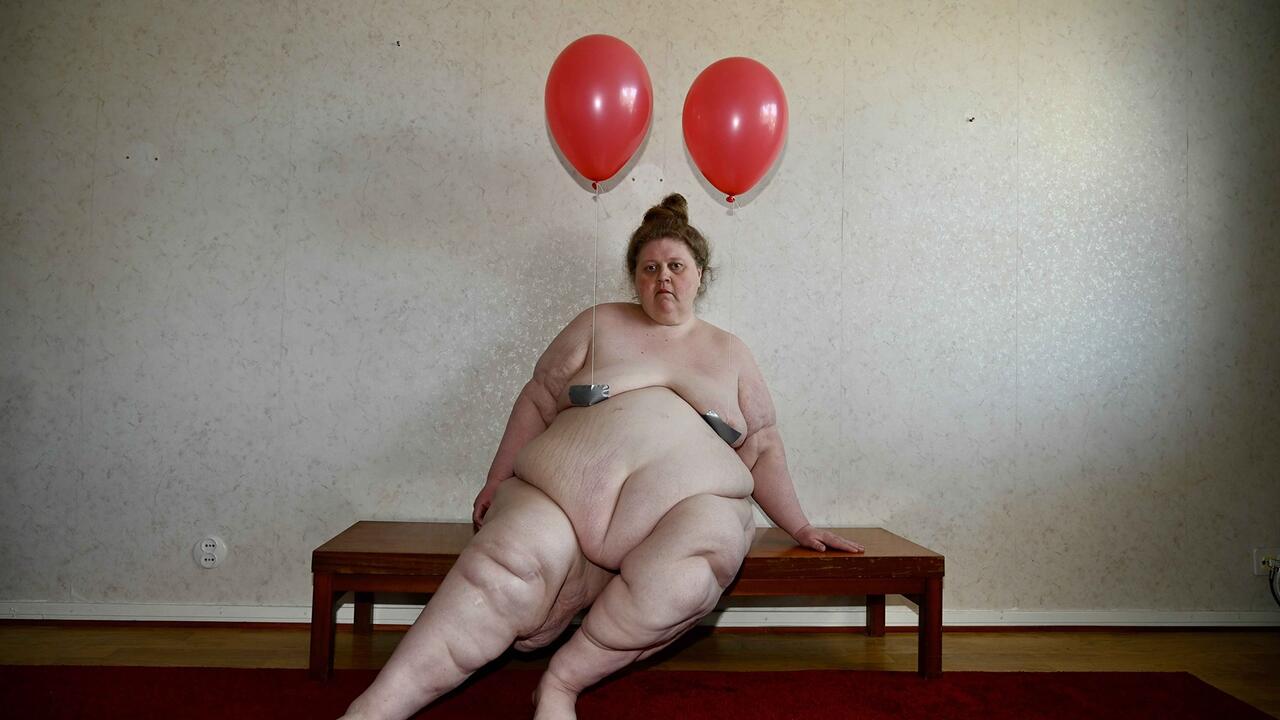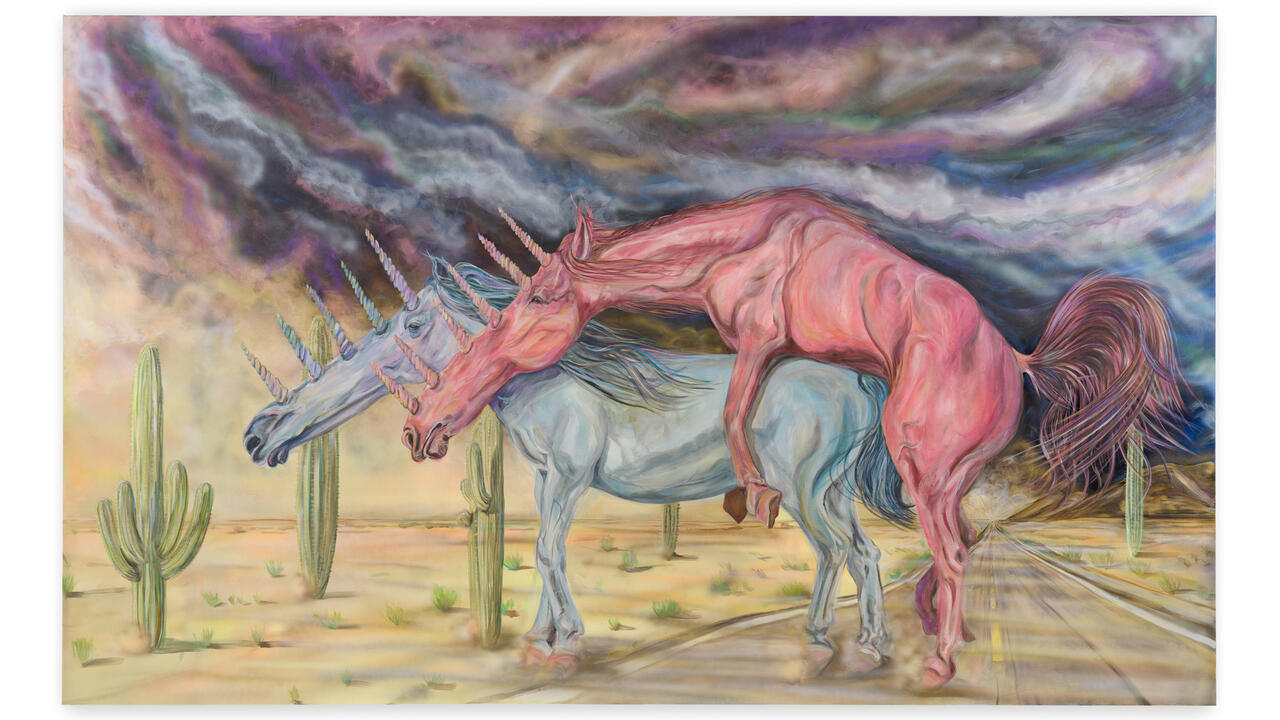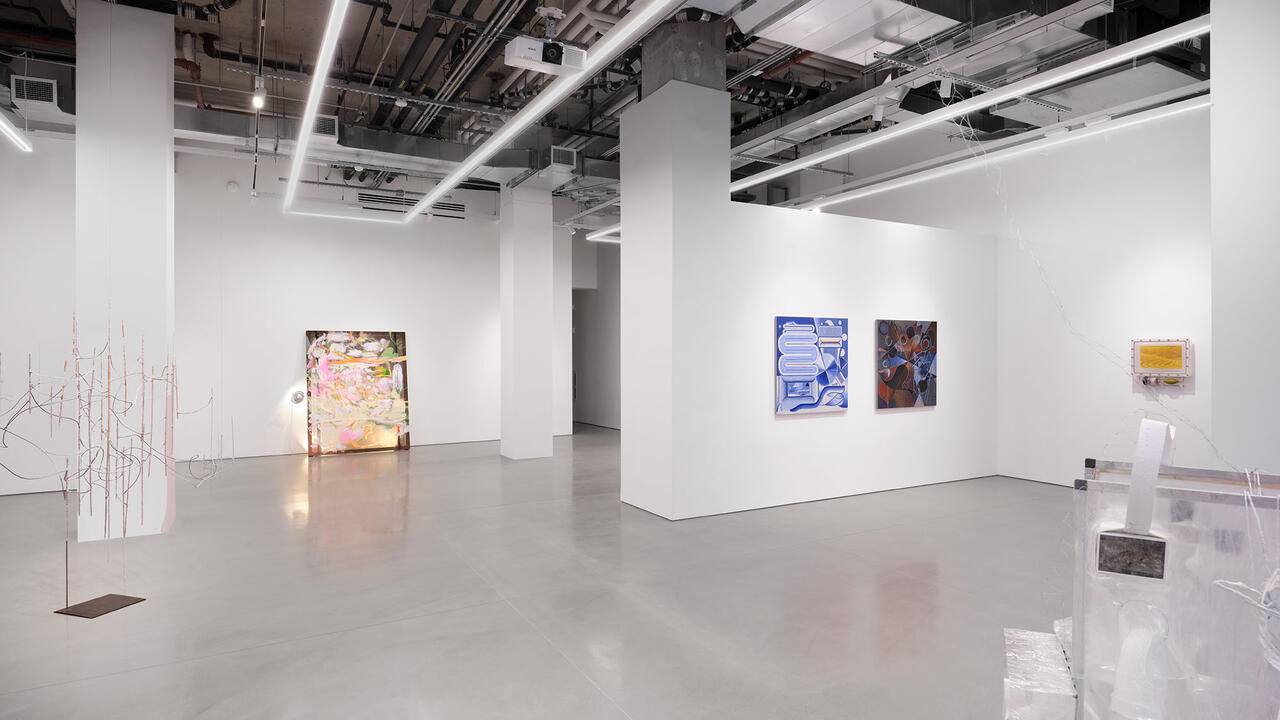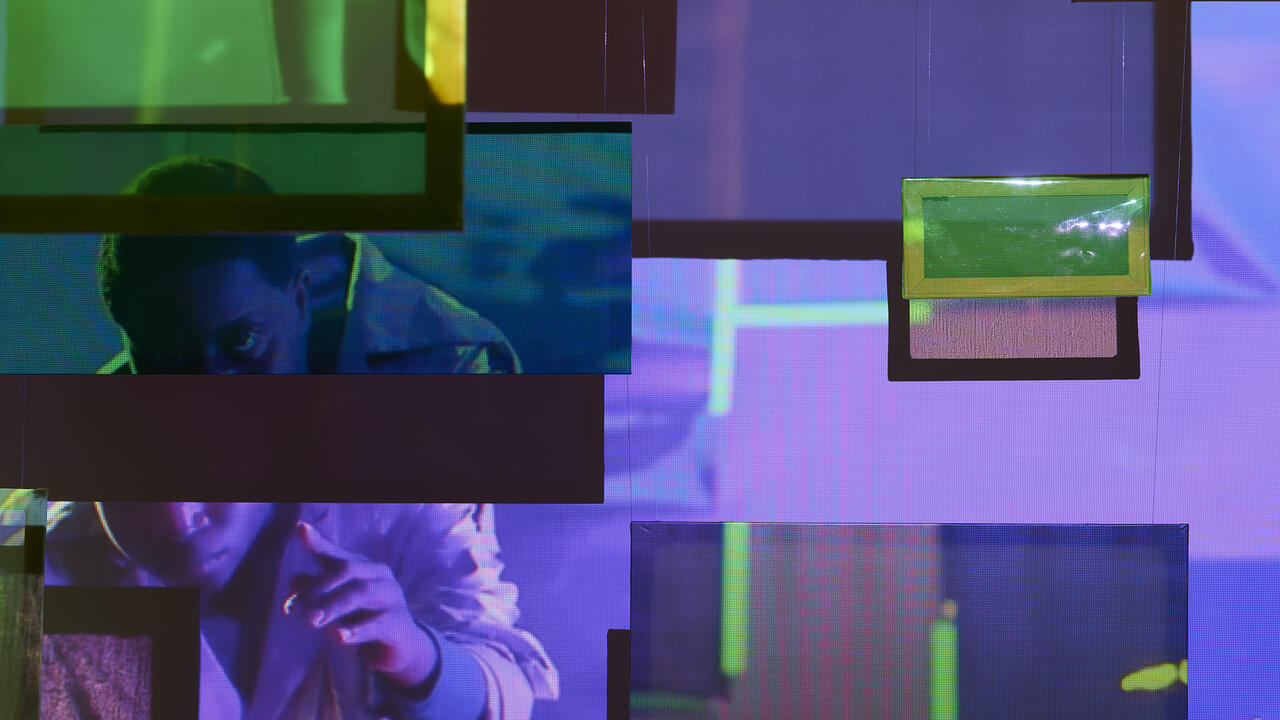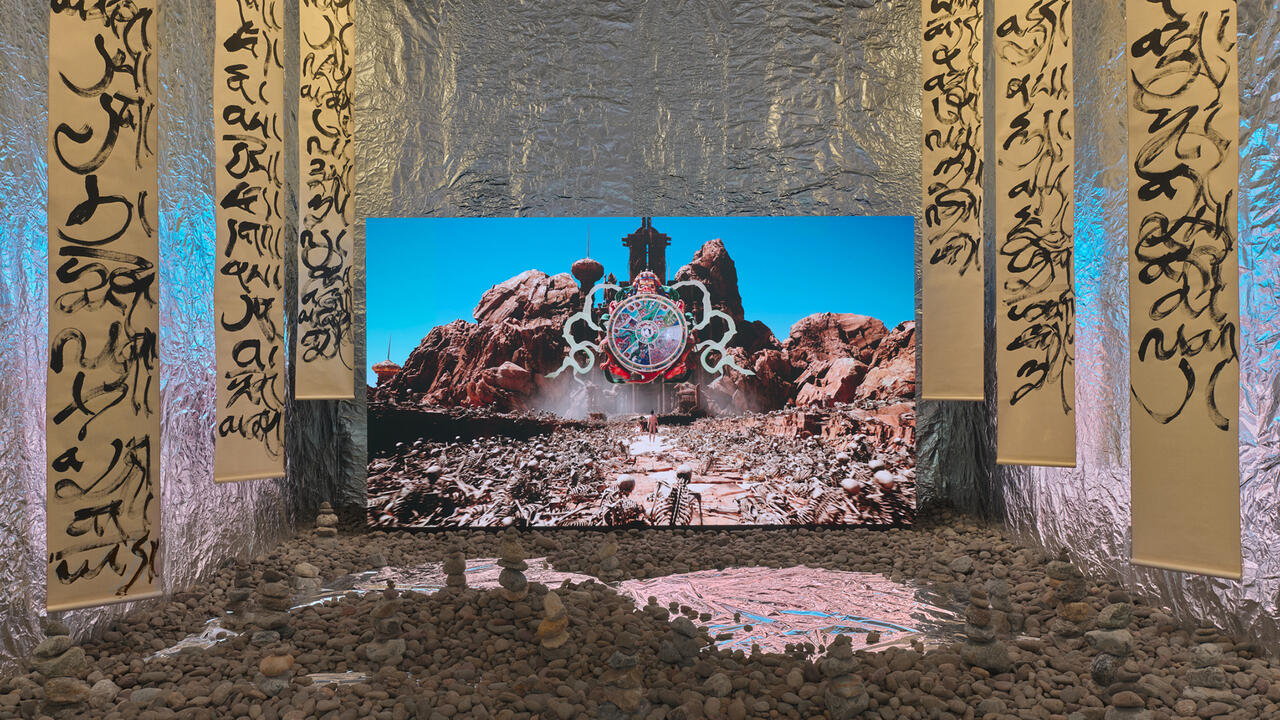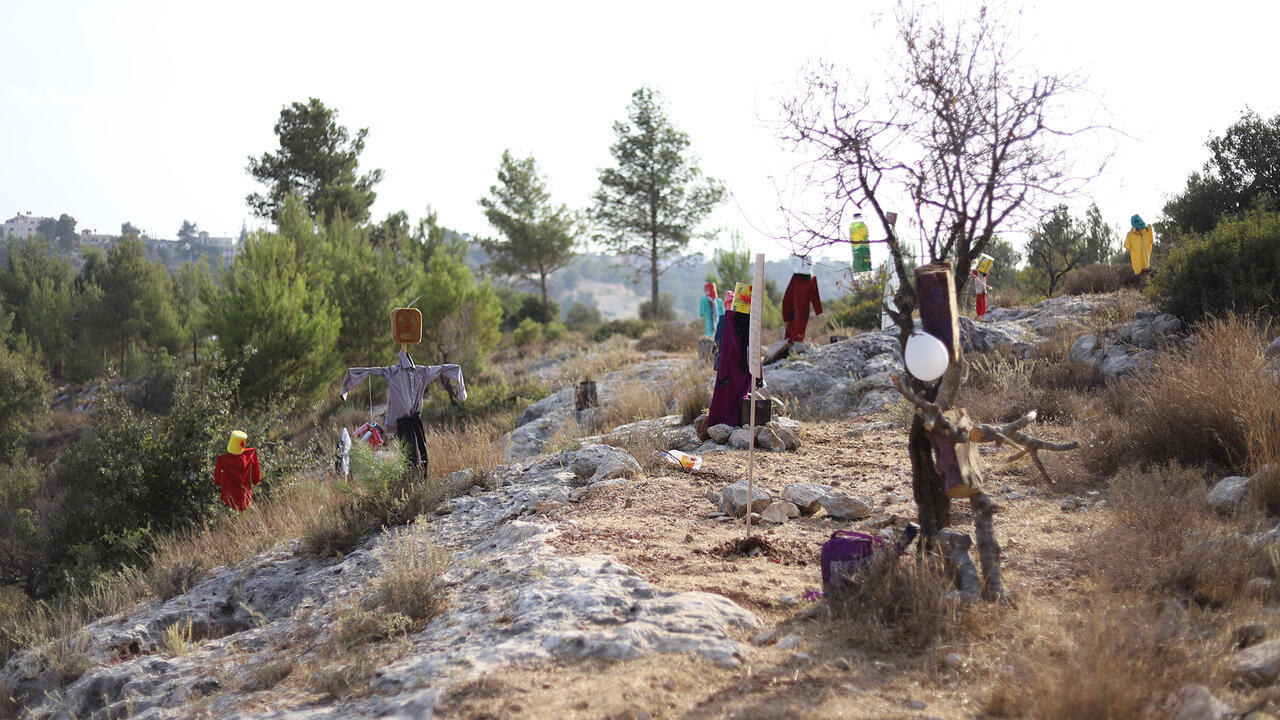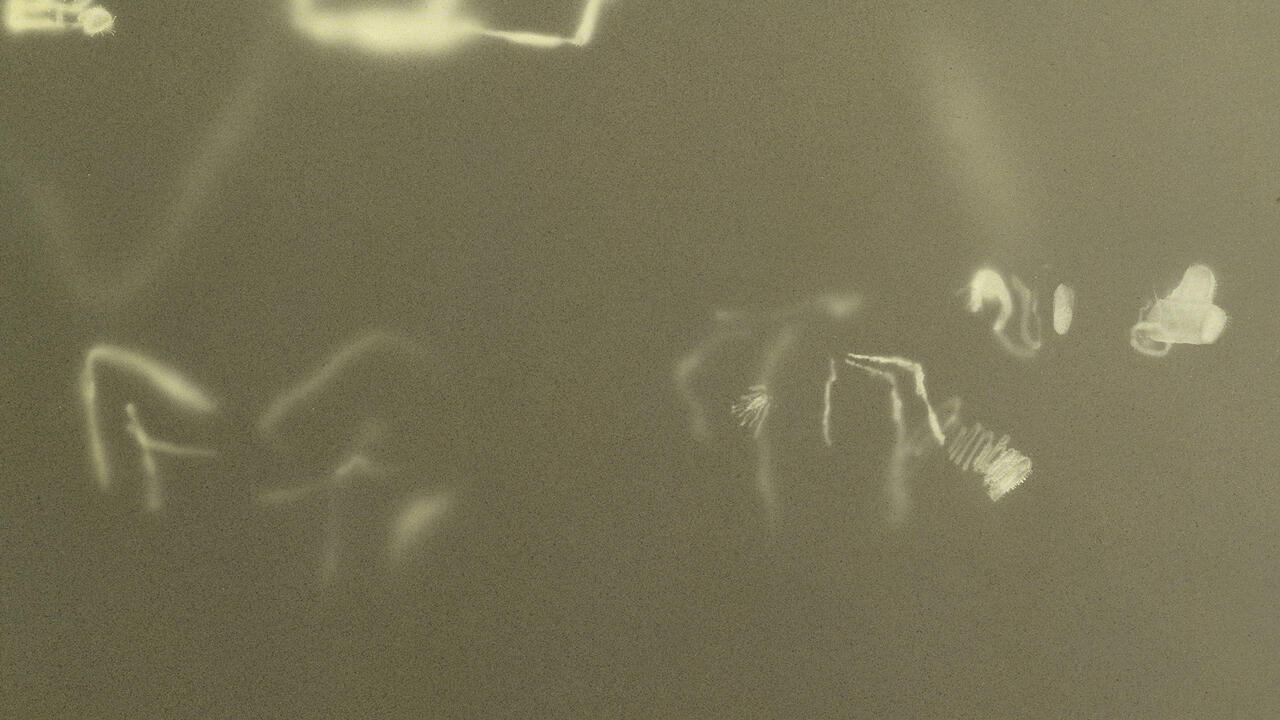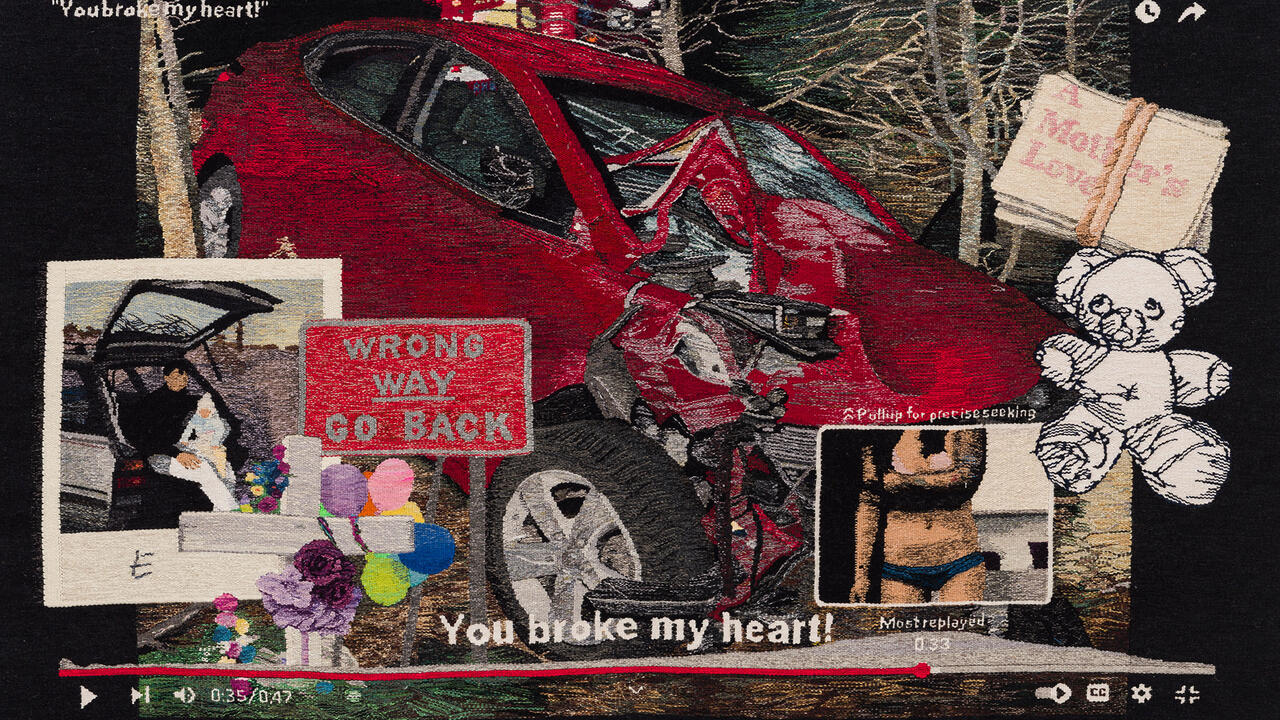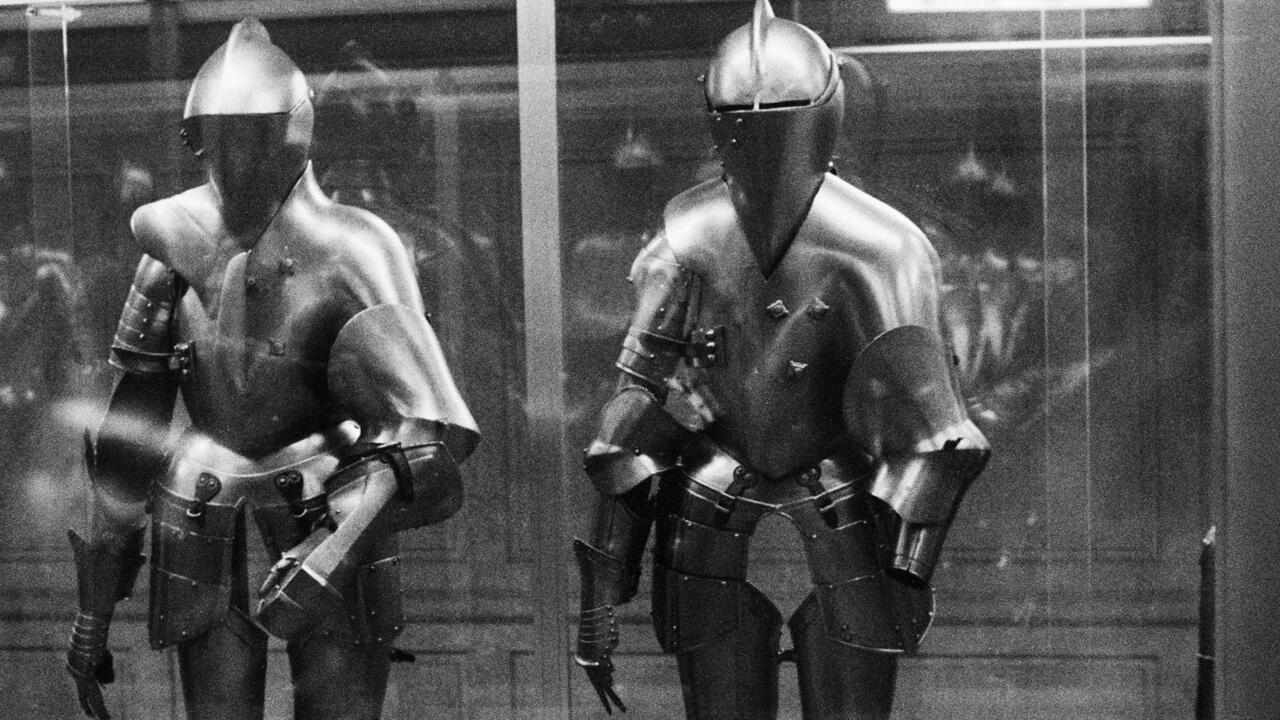Terry Adkins
Lévy Gorvy, New York, USA
Lévy Gorvy, New York, USA

Terry Adkins, who passed away unexpectedly in 2014, left behind a multidisciplinary body of work that is hard to grasp in his absence. ‘My quest has been to find a way to make music as physical as sculpture might be,’ he said of his practice, ‘and sculpture as ethereal as music is’, which speaks to his work’s evanescence and its strong sense of ‘live-ness’. To fully appreciate Adkins, the artist should be present and, in death, he is not. Curated by the artist’s longtime friend and collaborator, Charles Gaines, ‘The Smooth, the Cut and the Assembled’ is an attempt to sample from Adkins’s sculptural side, and to develop a new life for the work now that he has entered the ‘spirit world’ which animated his approach to art.

A native of Washington, D.C., Adkins studied and worked in printmaking, free jazz, found-object sculpture, installation and live-score performances – the latter often called ‘recitals’ – each of which obliquely meditated on prominent figures from African American history, including abolitionist John Brown, botanist George Washington Carver, Arctic explorer Matthew Henson and blues singer Bessie Smith. The recitals involved a rotating group of collaborators that Adkins dubbed the Lone Wolf Recital Corps, which New York’s Museum of Modern Art honoured this past autumn with an exhibition. At Lévy Gorvy, this crucial aspect of Adkins’s work is relegated to a small monitor with headphones showing a portion of Firmament, a 2005 performance at the Bronx River Art Center during the exhibition ‘Black Beethoven: Recital in Nine Dominions’.
Entering Lévy Gorvy’s two-floor gallery, one is immediately confronted with music-oriented sculptures: Native Son (Circus) (2006/15), a circular mound of cymbals, slightly elevated from the floor, with hidden servomechanisms that very infrequently strike the cymbals from below, and Horus (1986), a found kick-drum head with a ghostly trace of its mallet dividing the white space, resembling a pressed flower. Synapse (1992) evokes another large drum head from a distance but, upon closer inspection, it’s clearly a found industrial object. In one corner, Bessie Smith Head, Frosted (2007) – an elongated egg made of blown white glass, its crown topped with two semi-spheres reminiscent of Princess Leia’s hair buns and one on its lower left side – stands as if in whimsical pirouette.

Upstairs, Gaines included more complicated and puzzling pieces. Prophet (2010) is a mixed-media assemblage consisting of a bunched-up parachute with attached rope and nautilus shells sitting atop a glass cabinet full of dried starfish. The piece may reference Jimi Hendrix, an early musical hero of Adkins’s; the guitarist had served as a paratrooper in the 101st Airborne Division of the US Army. Two large spheres with smaller black balls covering their surfaces sit on the floor – untitled works from ‘Sanctuary’ (2003) – resembling giant blackberries that recalled, for me, the folk adage ‘the blacker the berry, the sweeter the juice’ – most recently employed by Kendrick Lamar.
Conceptually, the most challenging piece is Darkwater Record (2003–08): a stack of five Nakamichi tape decks with a porcelain bust of Mao Zedong on top. The tape decks play cassettes of W.E.B. Du Bois’s 1960 speech ‘Socialism and the American Negro’, but you wouldn’t know that without the catalogue. There are no speakers or headphones; the only evidence the speech is playing is the visual dance of the bouncing VU meters. The work possibly comments on Gil Scott-Heron’s proto-rap ‘Brother’ (1970), a critical look at 1960s black radicals that includes the couplet ‘Never can a man build a working structure for black capitalism / Always does the man read Mao or Fanon,’ but it is the work’s irreducible enigma that remains so alluring. This is generally true of Adkins’s art; it is topical but gnomic. We’ll have to wait for a larger retrospective, fitted with more monitors and speakers, for a fuller picture of his oeuvre; Lévy Gorvy’s show, while striking, is a bit too quiet.
‘Terry Adkins: The Smooth, The Cut, and The Assembled’ runs at Lévy Gorvy, New York until 17 February.
Main image: Terry Adkins. Courtesy: Lévy Gorvy, New York; photograph: Tom Snelgrove









